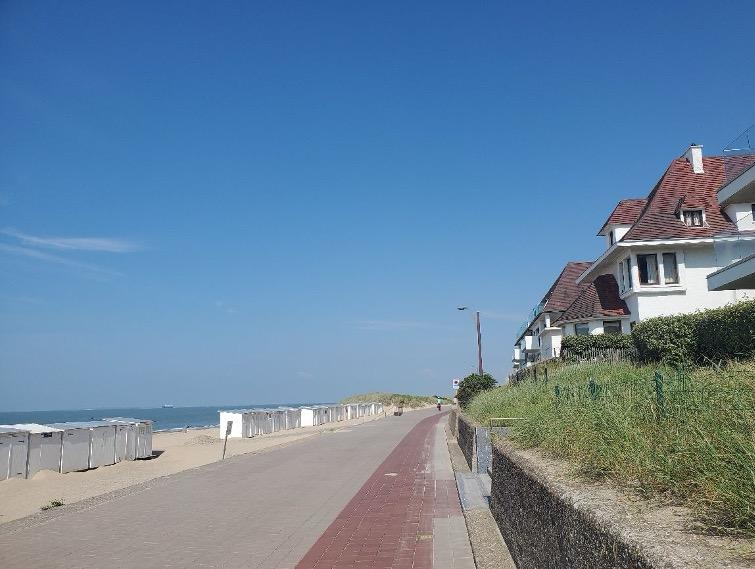-
Partager cette page
Relations between coastal risk adaptation and the upgrading of residential offerings along the Belgian Coastline
To reduce coastal flooding risk, along the Belgian coast, engineered systems are now being coupled with nature-based solutions (NBS). While greening grey infrastructure offers a sustainable coastal risk adaptation strategy, balancing ecosystem preservation and recreational benefits, it may also contribute to gentrification processes. Clémentine Harel, Phd student, Université de Mons and La Rochelle Université SONYA , ULB, February 4th, 12:00-1.30 pm. Room U.A.0.03 at USquare ULB, Free entrance.

The 67-kilometer coastline is densely urbanised and inhabited by an ageing population with contrasting socio-economic backgrounds. Tourism industry plays a central role in the local economy, making the preservation of recreational attractiveness a crucial focus of both short- and long-term coastal adaptation projects. This presentation examines how greening coastal risk adaptation along the Belgian coast affects socio-economic accessibility, focusing on the link between risk reduction measures and the upgrading of residential offerings. A quantitative analysis explores changes in the coastal property market and residential inhabitant patterns, while a chronological review of regulations and development plans since 1993 shows how upgrading offer align with risk reduction measures. Finally, practical examples illustrate how current adaptation strategies, efforts to boost coastal appeal, and residential and tourism development foster conditions for potential socio-spatial exclusion.